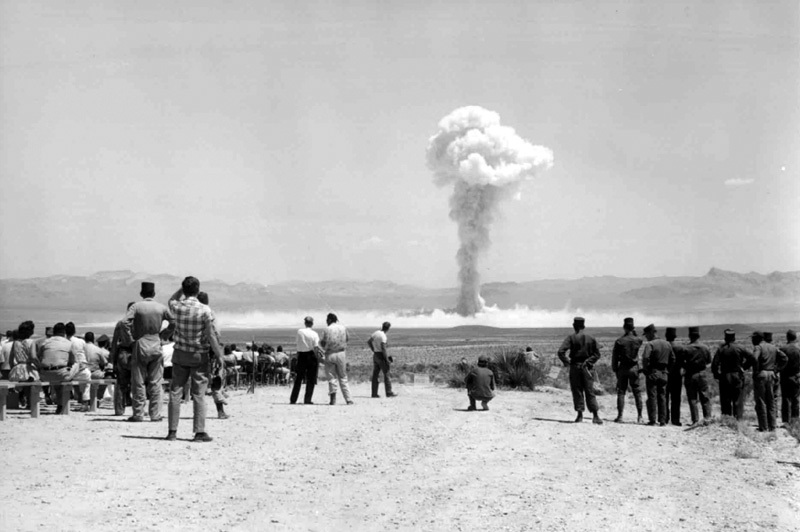The Manhattan Project: Unveiling the Power of the Atomic Age
The Manhattan Project remains an iconic chapter in the annals of human history, representing a monumental scientific and engineering endeavor that changed the course of warfare and brought about the dawn of the atomic age. This top-secret research and development project, conducted during World War II, aimed to harness the power of nuclear fission to create the world's first atomic bombs. In this feature, we delve into the origins, key milestones, and enduring impact of the Manhattan Project, exploring how its discoveries have shaped the world we know today.
Origins and Purpose:
The Manhattan Project had its roots in the tumultuous context of World War II. With reports suggesting that Nazi Germany might be on the verge of creating an atomic weapon, fear of the potential consequences drove the United States, the United Kingdom, and Canada to unite in a covert mission. On December 28, 1942, U.S. President Franklin D. Roosevelt authorized the establishment of the Manhattan Project, which soon became synonymous with unprecedented scientific ingenuity.
Key Milestones:
- Recruitment of Leading Scientists: The project attracted some of the brightest scientific minds of the time, including physicists J. Robert Oppenheimer, Enrico Fermi, and Richard Feynman, among others. These brilliant individuals would be instrumental in realizing the project's ambitious goals.
The Trinity Test: On July 16, 1945, the world witnessed a historic event at the Trinity test site in New Mexico. Codenamed "The Gadget," the first successful test of an atomic bomb showcased the immense power that humanity had harnessed.
Hiroshima and Nagasaki: On August 6 and August 9, 1945, the United States dropped atomic bombs on the Japanese cities of Hiroshima and Nagasaki, respectively. The devastation and loss of life were unprecedented, leading to Japan's surrender and the end of World War II.
Enduring Impact:
The Manhattan Project forever altered the course of human history. It initiated the atomic age and propelled science and technology into uncharted territory. The project's success served as a catalyst for the development of nuclear weapons, leading to the subsequent arms race during the Cold War.
However, the immense power of nuclear weapons also sparked a global conversation about their ethics and the potential catastrophic consequences of their use. The specter of nuclear warfare has left a lasting impact on geopolitics, arms control agreements, and global security strategies.
Conclusion:
The Manhattan Project stands as an enduring testament to human ingenuity, perseverance, and the dual nature of scientific discoveries. While it brought about immense power for humanity, it also raised pressing moral questions about the responsible use of such technology. As we move forward in an ever-changing world, the lessons from the Manhattan Project remain relevant reminders of the importance of responsible innovation and global cooperation to ensure a safer and more prosperous future.




Comments
Post a Comment